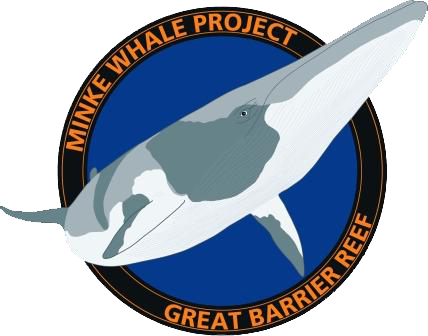Distribution
General
Dwarf minke whales were originally described from South Africa, where they have been recorded in the Atlantic Ocean and in the Indian Ocean, at least as far north as Durban. They have also been recorded off Mozambique (about 23°S). They occur in both coastal and offshore waters along the west coast of Australia from south of Perth to the Northwest Shelf. Strandings or sightings have occured in South Australia, Victoria, New South Wales, Queensland (to well north of Lizard Island), New Caledonia, both North and South Islands of New Zealand, and along the eastern coast of South America from northern Brazil (about 10°S) to Argentina. These records cover most of the year (March to December).
Dwarf minke whales have also been recorded in the sub-Antarctic at about latitude 55-60°S, with one record as far as 65°S. These records were from December to March. There have been a few unconfirmed records of dwarf minke whales among the ice in Antarctic waters south of South America in the winter months.

Map legend: Map showing distribution of dwarf minke whales, based on reports in the literature. The sightings in the sub-Antarctic (dark bar) have been mainly south of Australia and New Zealand, probably because this is where most sighting and hunting effort has been concentrated in recent years. The dwarf minke whale almost certainly occurs in sub-Antarctic waters to the south of South Africa and South America. (Map courtesy of Adella Edwards).
Great Barrier Reef
Based on sighting records from dive charter vessels and our observations, dwarf minke whales are found between March and October in the northern GBR, but with the majority (about 90%) of sightings in June and July. Most of the sightings are around or to the west of the Ribbon Reefs between Port Douglas and Lizard Island. These sightings at least partly reflect where the dive vessels go, but there are areas with very consistent sightings each year, such as Ribbon Reef 3 and off the southern end of Ribbon Reef 10. With the help of the dive industry, we have built up a good picture of dwarf minke whale distribution in the Ribbon Reefs and Offshore Port Douglas Sectors of the Great Barrier Reef Marine Park.
The abundance of dwarf minke whales and the extent of their interactions with humans in other areas remains unknown. To address these knowledge gaps, we are developing an expanded Dwarf Minke Whale Sightings Network to document sightings of these whales elsewhere in the GBRMP, Australian waters and the Oceania region. Sightings of dwarf minke whales in these and other areas can be reported here.
Sightings in the northern GBR are most often of single animals or a pair of animals, however sometimes large groups of whales have been encountered with more than 30 individual whales identified over an interaction lasting several hours. There may be an aggregation effect in open water; we have often seen additional whales joining an encounter in progress while the original whales still stayed with the vessel.
Migration
Like other baleen whales, the various populations of minke whales appear to migrate from high latitude feeding grounds in the summer to low latitude grounds in winter months. However, the detailed pattern of migration is still unclear and may be quite complex. In the northeast Pacific, for instance, it has been suggested that some minke whales are migratory while others form a resident population.
There is not enough evidence to plot migration patterns for dwarf minke whales. We know that dwarf minke whales occur broadly from Victoria to northern Queensland between March and October, with maximum sightings on the northern Great Barrier Reef in June and July. Dwarf minke whales have also been reported between December and March in the sub-Antarctic and Antarctic, with most sightings between 53-62°S. A sighting survey off Western Australia recorded dwarf minke whales well offshore (600-830km) between about 18-35°S in late November and early December. No dwarf minke whales were recorded in the same area during a repeat survey in late February and March.
Scattered sightings and strandings from southern Queensland and northern New South Wales early in the season (May-June) and late in the season (September) give hints of a migration along the east Australian coast but records are too few to document movements of the whales. This underscores the importance of the data from our Whale Sightings Network and Photo-ID study.
